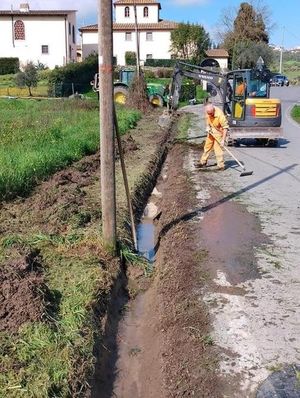An unfortunate series of events unfolded on January 28, 2025, when the JR Yamanote Line experienced significant service disruptions following a tragic fatality. A man was struck and killed by a train at Tamachi Station, prompting the suspension of services along the Tokyo area's Yamanote and Keihin-Tohoku lines. Authorities have confirmed the incident as the cause for extensive delays, with train services delayed by up to 1 hour and 12 minutes at the height of the chaos.
According to reports from the police, the incident occurred at approximately 10:33 AM, immediately sending shockwaves through one of Tokyo's busiest transit hubs. Over 43,000 passengers were affected as operators worked to manage the unforeseen disruption. This accident not only highlights the constant worry faced by Tokyo commuters but also raises serious questions about safety and emergency responses on public transit.
The JR Yamanote Line, known for its extensive network connecting key city areas, was brought to a standstill as detectives and emergency services worked diligently at the site, investigating the exact circumstances surrounding the fatality. Witnesses recounted feelings of disbelief and concern as they watched the events transpire, with many commuters left anxiously wondering about alternatives to reach their destinations. Some shared their frustration over the cascading delays disrupting their daily routines.
This isn't the first incident of its kind on Tokyo trains, which historically have been marred by similar tragedies. On occasions prior, both the Yamanote and Keihin-Tohoku lines have faced interruptions due to accidents involving pedestrians. This raises troubling questions about pedestrian safety around stations, as authorities continuously strive to balance public transit efficiency with passenger safety.
Following the incident, railway operators released statements seeking to assure the public of their commitment to safety measures. One official, speaking on the condition of anonymity, stated, "We are reviewing protocols to prevent future occurrences, prioritizing passenger safety above all else." Such reflections are becoming increasingly common among transit authorities, highlighting the pressure they face to maintain safety and efficiency.
The disruption extended beyond just the two affected lines. Many passengers who typically rely on adjacent train services like the Tokyo Metro faced delays as trains were rerouted and timetables adjusted to accommodate the incident's impact. Commuters who rely heavily on the punctuality of these trains expressed their frustrations through social media, indicating how the ripple effects can cause substantial delays and earlier departures to arrive at work on time.
Educational campaigns around proper train station conduct have been suggested as proactive measures to lower the frequency of such accidents. Analysts advocate for increased vigilance and awareness among passengers, encouraging heightened attention to safety signs and announcements within stations. Other experts recommend more infrastructural adjustments to improve visibility and accessibility around train platforms.
Despite these recommendations, accidents pose unique challenges, compounded by factors ranging from high commuter densities to unpredictable pedestrian behaviors. With each incident, the public's perception of railway safety continues to be tested, prompting more dialogue surrounding improvements and reforms to protect both commuters and the broader community.
The ramifications of this tragedy extend beyond the immediate inconvenience for commuters. Families affected by this incident are left grappling with emotional impacts and the loss of loved ones, underscoring the human toll behind operational disruptions. Community groups have reached out, offering support channels for those struggling with the psychological aftermath of such tragedies.
While the investigation proceeds, with findings expected to be released soon, all eyes are on the railway services to implement necessary changes. Operators are under pressure to restore normal services quickly to accommodate the city's daily heartbeat, consisting of millions of passengers traveling across the vast metropolitan area.
The hopes are now set on effective interventions and supportive policies coming forth from this incident, indicating the relationship between public transport and community safety remains as pivotal as ever. Authorities must work collaboratively to see the ripple effect of one tragic day result not only in restoration of services but also tangible improvements for the safety of all who use the train systems.



